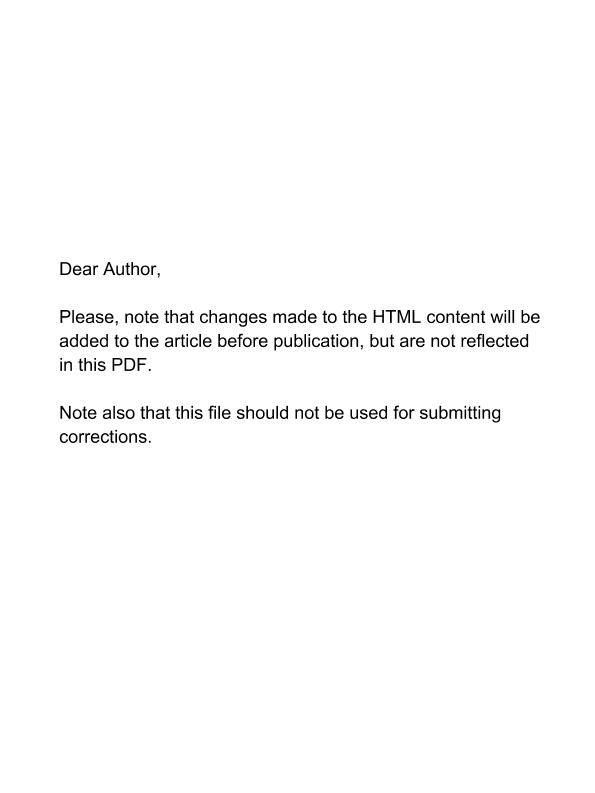Artículo
Treatment of endosulfan contaminated water with in vitro plant cell cultures
Lucero, Patricia; Ferrari, Monica Marta ; Orden, Alejandro Agustin
; Orden, Alejandro Agustin ; Cañas, Irene; Nassetta, Mirtha María; Kurina Sanz, Marcela Beatriz
; Cañas, Irene; Nassetta, Mirtha María; Kurina Sanz, Marcela Beatriz
 ; Orden, Alejandro Agustin
; Orden, Alejandro Agustin ; Cañas, Irene; Nassetta, Mirtha María; Kurina Sanz, Marcela Beatriz
; Cañas, Irene; Nassetta, Mirtha María; Kurina Sanz, Marcela Beatriz
Fecha de publicación:
03/2016
Editorial:
Elsevier Science
Revista:
Journal of Hazardous Materials
ISSN:
0304-3894
Idioma:
Inglés
Tipo de recurso:
Artículo publicado
Clasificación temática:
Resumen
Endosulfan is a Persistent Organic Pollutant insecticide still used in many countries. It is commercially available as mixtures of two diastereomers, α- and β-endosulfan, known as technical grade endosulfan (TGE). A laboratory model based on the use of axenic plant cell cultures to study the removal and metabolization of both isomers from contaminated water matrixes was established. No differences were recorded in the removal of the two individual isomers with the two tested endemic plants, Grindelia pulchella and Tessaria absinthioides. Undifferentiated cultures of both plant species were very efficient to lower endosulfan concentration in spiked solutions. Metabolic fate of TGE was evaluated by analyzing the time course of endosulfan metabolites accumulation in both plant biomass and bioremediation media. While in G. pulchella we only detected endosulfan sulfate, in T. absinthioides the non-toxic endosulfan alcohol was the main metabolite at 48 h, giving the possibility of designing phytoremediation approaches.
Archivos asociados
Licencia
Identificadores
Colecciones
Articulos(INTEQUI)
Articulos de INST. DE INVEST. EN TECNOLOGIA QUIMICA
Articulos de INST. DE INVEST. EN TECNOLOGIA QUIMICA
Citación
Lucero, Patricia; Ferrari, Monica Marta; Orden, Alejandro Agustin; Cañas, Irene; Nassetta, Mirtha María; et al.; Treatment of endosulfan contaminated water with in vitro plant cell cultures; Elsevier Science; Journal of Hazardous Materials; 305; 3-2016; 149-155
Compartir
Altmétricas



